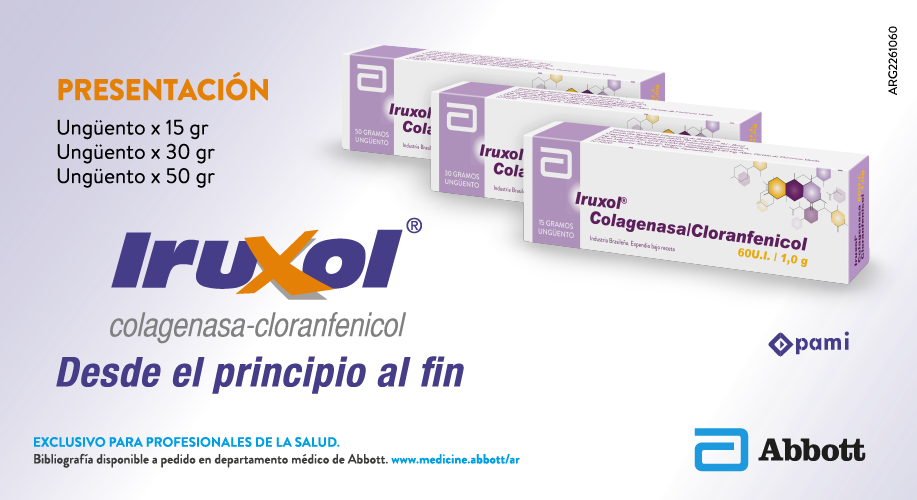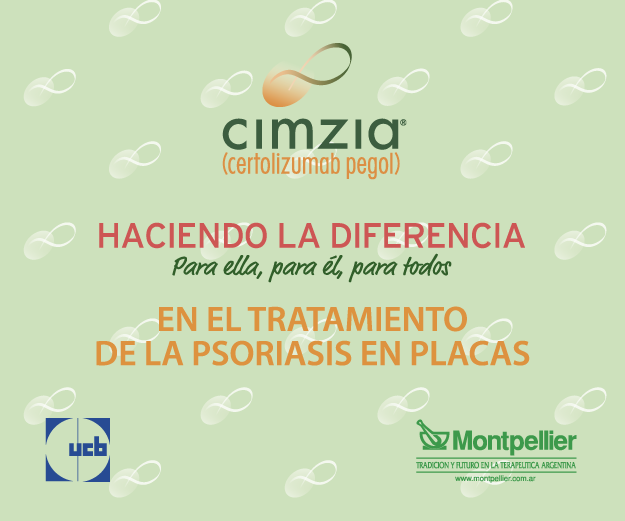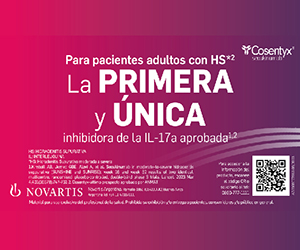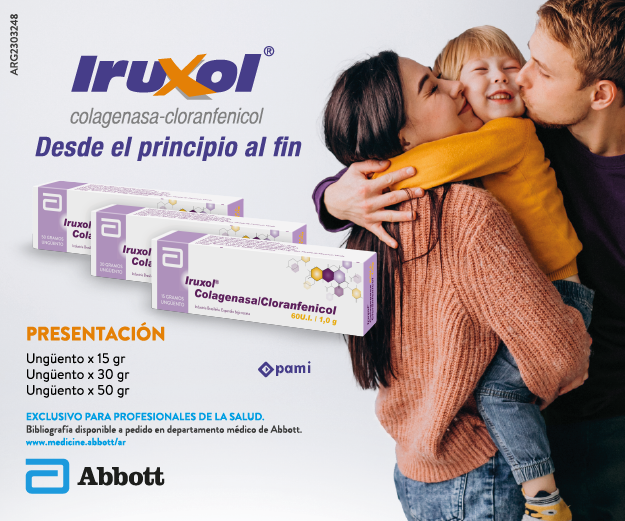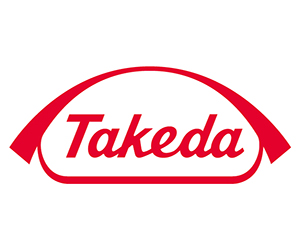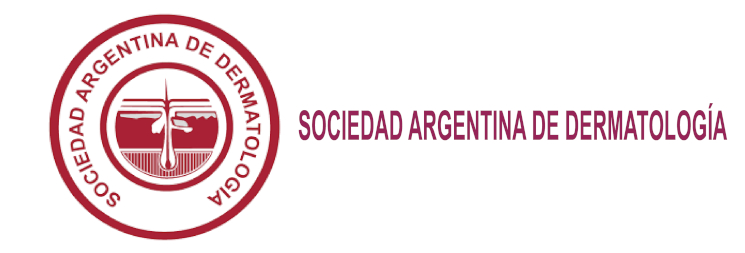Juvenile xanthogranuloma: experience in a Children`s Hospital
Resumen
Abstract
Background. Juvenile Xanthogranuloma (JXG), a non Langerhans CELLS histiocytosis, is a benign, self-healing disorder that affects mainly children. Extracutaneous involvement may also be present,
such as ocular, liver, lung or central nervous system. Objectives. 1- To identify the clinical features of patients with diagnosis of JXG as seen in the Department of Dermatology, Hospital de Pediatría “Prof. Dr. Juan P. Garrahan”. 2- To describe the associated diseases and the complications of these patients. 3- To describe their outcome.
Materials and methods. A retrospective, observational, and longitudinal study which included all the patients with clinical and histopathological features of JXG evaluated since August 1998 to December 2006 in our Department.
Results. Clinical diagnosis of JXG was made in 86 patients and confirmed by biopsy in 45 of them. Forty-one patients were excluded because they didn't have histopathological confirmation. In 67% of the patients the disease appeared during the first year of life. The lesions were solitary
(44%) or multiple (56%), and the most common location was the trunk (41%), followed by the head (33%) and extremities (26%). Extracutaneous involvement was present in 4 patients (9%), 3 of them with ocular manifestation with hyphema and glaucoma, and one presented multisystemic involvement.
Conclusions. JXG is a benign, self-healing disorder, which in the vast majority of cases is limited to the skin and requires no treatment. Nevertheless, an adequate multidisciplinary follow-up must be done to identify the extracutaneous involvement and its complications
(Dermatol Argent 2010;16(4):262-267).
Keywords: juvenile xanthogranuloma, non Langerhans histiocytosis,
Descargas
Publicado
Número
Sección
Licencia
El/los autor/es tranfieren todos los derechos de autor del manuscrito arriba mencionado a Dermatología Argentina en el caso de que el trabajo sea publicado. El/los autor/es declaran que el artículo es original, que no infringe ningún derecho de propiedad intelectual u otros derechos de terceros, que no se encuentra bajo consideración de otra revista y que no ha sido previamente publicado.
Le solicitamos haga click aquí para imprimir, firmar y enviar por correo postal la transferencia de los derechos de autor


